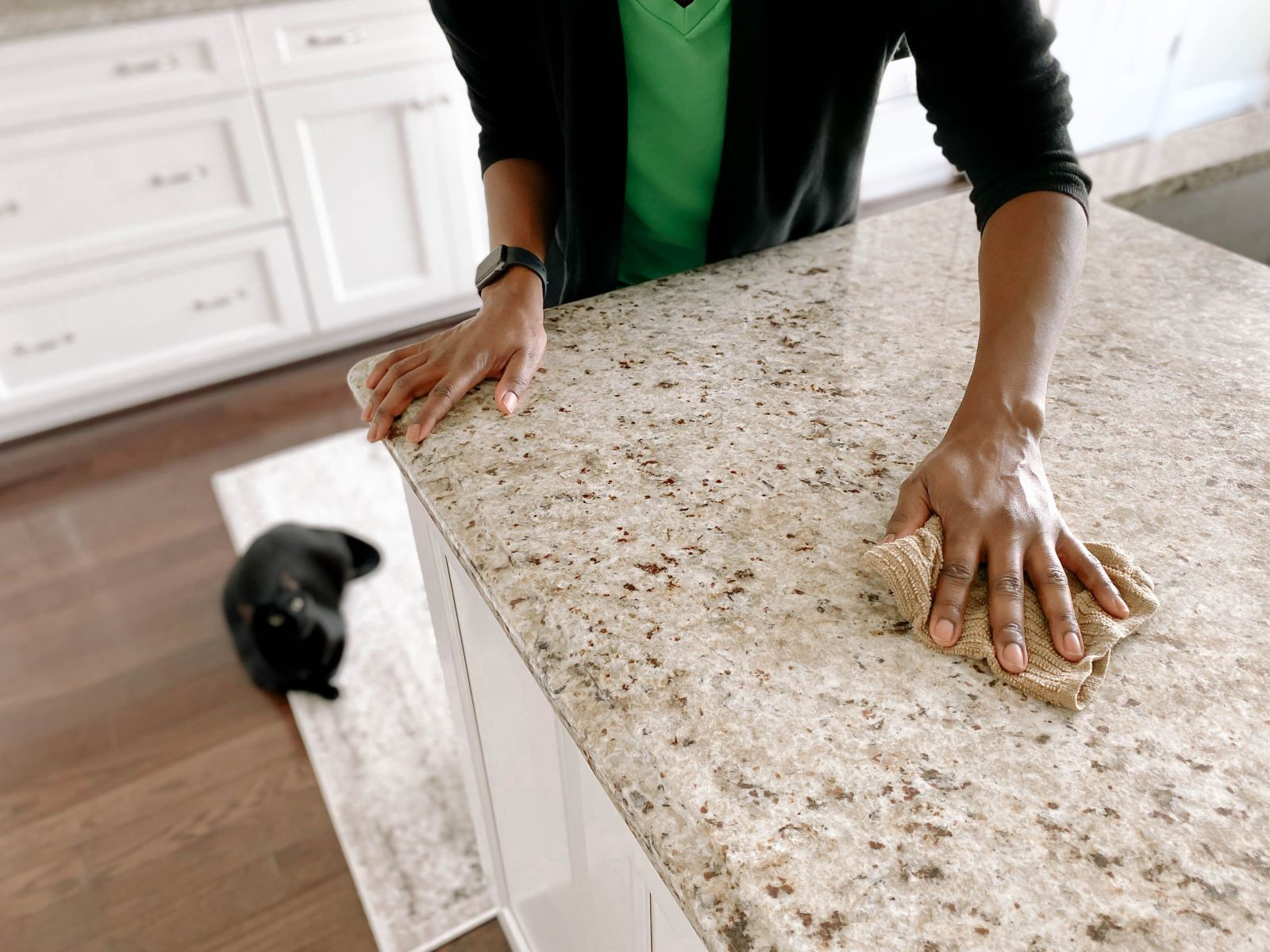

Articles
How To Make Granite Countertops Shine Again
Modified: February 23, 2024
Discover effective articles on how to restore the stunning shine of granite countertops. Follow our expert tips and bring back the natural beauty of your countertops.
(Many of the links in this article redirect to a specific reviewed product. Your purchase of these products through affiliate links helps to generate commission for Storables.com, at no extra cost. Learn more)
Introduction
Welcome to our guide on how to make granite countertops shine again. Granite countertops are a popular choice for homeowners due to their durability, beauty, and high-end appeal. Over time, however, these stunning surfaces can lose their shine and luster, leaving them looking dull and lackluster. Fortunately, with the right knowledge and techniques, you can easily restore the natural brilliance of your granite countertops.
Granite is a natural stone that is formed deep within the earth’s crust. It is composed mainly of quartz, feldspar, and mica, which give it its distinct patterns and colors. This unique combination of minerals makes granite highly resistant to scratches, heat, and stains, making it an ideal material for kitchen and bathroom countertops.
Despite its durability, granite countertops can still lose their shine over time due to various factors. Common causes of dullness include the buildup of dirt, oils, and grime, as well as the use of harsh cleaning products that strip away the natural protective sealant. Additionally, improper maintenance and exposure to acidic substances can also lead to a loss of shine.
Before diving into the cleaning and polishing process, it is essential to prepare the countertop surface properly. Start by clearing the countertop of any items such as appliances, utensils, or decorations. This will allow you to have a clear workspace and remove any potential obstacles during the cleaning process.
Next, give the countertop a thorough cleaning. Use a gentle dish soap or granite-specific cleaner and warm water to remove any surface-level dirt and grime. Avoid using abrasive scrub brushes or harsh chemicals as they can damage the granite surface. Instead, opt for a soft cloth or sponge to gently wipe down the countertops.
Once the countertop is clean, it’s time to focus on restoring its shine. There are several cleaning solutions and materials you can use to achieve this, including commercially available granite polishers and homemade remedies using natural ingredients like vinegar or baking soda.
In the following sections, we will take you through the step-by-step process of cleaning and polishing your granite countertops to bring back their shine. We will also provide you with useful tips on protecting and maintaining the shine for years to come. So let’s get started and make your granite countertops shine again!
Key Takeaways:
- Restore the shine of your granite countertops by using gentle cleaning solutions and materials such as dish soap, vinegar, and baking soda. Proper preparation and polishing techniques will bring back the natural brilliance of your countertops.
- Protect and maintain the shine of your granite countertops by applying sealant, using cutting boards and trivets, and avoiding harsh chemicals and abrasive objects. Regular cleaning and professional maintenance will ensure long-lasting beauty.
Read more: How To Shine Granite Countertops
Understanding Granite Countertops
Before you embark on the journey to restore the shine of your granite countertops, it’s important to have a deeper understanding of this remarkable natural stone. Granite is formed through the cooling and solidification of magma, making it an igneous rock. It is primarily composed of quartz, feldspar, and mica, which give it its unique visual appeal and durability.
One of the main reasons why homeowners choose granite for their countertops is its exceptional strength and resilience. Granite is highly resistant to scratches and heat, making it perfect for handling hot pots and pans in the kitchen. It also provides a sturdy surface that can endure daily wear and tear.
Besides its durability, granite countertops offer an incredible range of colors and patterns that can enhance the aesthetic appeal of any space. From subtle earth tones to vibrant bursts of color, granite offers a wide variety of options to suit different design preferences.
Not only are granite countertops aesthetically pleasing, but they are also hygienic. When properly sealed, granite is non-porous, meaning it doesn’t absorb liquids and is resistant to bacterial growth. This makes it an excellent choice for kitchen countertops where food preparation takes place.
However, despite its durability and inherent qualities, granite countertops can lose their shine over time due to various factors. Understanding these factors is key to effectively restoring the shine and maintaining the beauty of your countertops.
One common cause of dullness is the buildup of dirt, oils, and grime on the countertop surface. Over time, these substances can accumulate and create a hazy or dull appearance. Using improper cleaning products or abrasive materials can also strip away the natural protective sealant on the granite surface, making it more susceptible to dullness.
Another factor that can affect the shine of granite countertops is exposure to acidic substances. Acidic liquids such as vinegar, lemon juice, or certain cleaning solutions can etch the surface of the granite, causing it to lose its luster. It’s important to clean up spills promptly and avoid using acidic cleaners on the countertop.
In addition, placing hot pots or pans directly on the granite surface can lead to thermal shock, resulting in cracks and a loss of shine. It is advised to use trivets or hot pads to protect the countertop from extreme heat.
Now that you have a better understanding of granite countertops and what causes them to lose their shine, you’re ready to dive into the cleaning and polishing process. Let’s move on to the next section where we’ll guide you through preparing the countertop for cleaning.
Common Causes of Dullness
Granite countertops are known for their exquisite beauty and luxurious appearance. However, over time, these surfaces can lose their shine and appear dull. Understanding the common causes of dullness can help you address and prevent this issue effectively.
1. Buildup of Dirt and Grime: Regular use of your granite countertops can lead to the accumulation of dirt, oils, and grime on the surface. This buildup can create a layer of film that obscures the natural shine of the granite. In high-traffic areas, such as the kitchen, it’s important to clean the countertops regularly to prevent this buildup.
2. Use of Harsh Cleaning Products: Cleaning products that contain harsh chemicals or abrasive ingredients can strip away the protective sealant on the granite surface. This can leave the countertop vulnerable to stains and dullness. It’s important to use gentle, non-abrasive cleaners specifically formulated for granite to maintain its shine.
3. Acidic Spills: Granite countertops can be sensitive to acidic substances such as vinegar, lemon juice, or certain cleaning solutions. These acidic spills can etch the surface of the granite, causing it to lose its shine and leave dull marks. It’s crucial to quickly clean up any acidic spills to minimize damage to the countertop.
4. Improper Maintenance: Incorrect maintenance techniques can also contribute to the dullness of granite countertops. Using rough scrub brushes or abrasive materials can leave scratches on the surface, diminish its natural shine, and create a dull appearance. It’s important to use soft cloths or sponges for cleaning and avoid scrubbing too vigorously.
5. Exposure to Heat: While granite is highly heat-resistant, extreme temperature changes can cause thermal shock and lead to cracks on the surface. Over time, these cracks can contribute to a loss of shine and a dull appearance. Always use trivets or hot pads to protect the countertop from direct heat.
Now that you’re aware of the common causes of dullness in granite countertops, it’s time to learn how to prepare the countertop for cleaning and restoration. Let’s move on to the next section where we’ll guide you through the necessary steps to prepare your countertops for a shine restoration process.
Preparing the Countertop for Cleaning
Before embarking on the process of cleaning and restoring the shine of your granite countertop, it’s essential to properly prepare the surface. Adequate preparation ensures that the cleaning process is effective and allows you to achieve optimal results. Here are the steps you should follow to prepare your countertop for cleaning:
1. Clear the Countertop: Remove any items or clutter from the countertop, including appliances, utensils, decorations, and other objects. This will provide you with a clear workspace and allow you to clean the entire surface thoroughly.
2. Wipe Down the Surface: Use a soft cloth or sponge and a mild dish soap or granite-specific cleaner to wipe down the countertop surface. This step helps remove any loose debris, dust, or surface-level dirt. Avoid using abrasive scrub brushes or harsh chemicals as they can damage the granite surface.
3. Rinse with Warm Water: After wiping down the surface, rinse the countertop with warm water to remove any residual soap or cleaner. Ensure that all traces of cleaning products are thoroughly rinsed off.
4. Dry the Countertop: Use a clean, dry cloth or microfiber towel to dry the countertop surface completely. This step is important to prevent water spots or streaks from forming during the cleaning process.
5. Inspect for Stains or Damage: Take this opportunity to inspect the countertop surface for any stains, scratches, or damage. If you notice any deep stains or significant damage, you may need to address them separately using appropriate stain removal or repair techniques.
By following these steps, you ensure that the countertop surface is clean and free from any obstructions or potential damage. This sets the stage for a successful cleaning and shine restoration process. Now that you have prepared the countertop, it’s time to explore the different cleaning solutions and materials you can use to bring back the shine. Continue reading to the next section to learn more.
Cleaning Solutions and Materials
When it comes to cleaning and restoring the shine of your granite countertops, using the right solutions and materials is crucial. The goal is to effectively remove dirt, stains, and buildup without causing any damage to the surface. Here are some common cleaning solutions and materials you can use:
1. Granite-Specific Cleaners: There are numerous commercially available granite cleaners specifically formulated to clean and protect the granite surface. These cleaners are designed to be gentle yet effective in removing dirt and stains without compromising the natural shine of the countertop. Follow the manufacturer’s instructions for best results.
2. Dish Soap: A mild dish soap mixed with warm water can be an effective and inexpensive option for cleaning granite countertops. Be sure to use a gentle dish soap without any harsh chemicals or abrasives. Mix a small amount of dish soap with warm water in a spray bottle or a bucket.
3. Isopropyl Alcohol: Isopropyl alcohol, also known as rubbing alcohol, can be used to remove grease, fingerprints, and other stubborn stains on granite countertops. Dilute the isopropyl alcohol with water in a spray bottle, and use a soft cloth or sponge to wipe down the surfaces.
4. White Vinegar: Vinegar is a natural cleaning agent known for its ability to cut through grease and eliminate odors. Mix equal parts of white vinegar and water in a spray bottle. It’s important to note that vinegar is acidic, so it should be used sparingly and not left on the countertop for an extended period, as it may damage the surface.
5. Baking Soda: Baking soda is a gentle abrasive that can help remove tough stains and grime on granite countertops. Create a paste by mixing baking soda with water, and apply it to the stained areas. Gently scrub the surface with a soft cloth or sponge and rinse thoroughly.
6. Microfiber Cloth: When cleaning granite countertops, it’s best to use a soft, lint-free microfiber cloth. These cloths are gentle on the surface and won’t scratch or damage the granite. They effectively capture and remove dirt and residue, leaving your countertops clean and streak-free.
Remember, always test any cleaning solution on a small, inconspicuous area of the countertop before applying it to the entire surface. This ensures that it doesn’t cause any discoloration or damage. Additionally, avoid using abrasive scrub brushes, steel wool, or harsh chemicals, as they can scratch or dull the granite surface.
Now that you know the various cleaning solutions and materials available, you’re ready to move on to the step-by-step cleaning process. In the next section, we will guide you through the detailed process of cleaning your granite countertops and bringing back their shine.
To make granite countertops shine again, mix a solution of warm water and a few drops of mild dish soap. Use a soft cloth to clean the surface, then dry with a clean cloth. Finally, apply a granite polish to restore the shine.
Read more: How To Make Bathtub Shine Again
Step-by-Step Cleaning Process
Now that you have prepared the countertop and gathered the necessary cleaning solutions and materials, it’s time to dive into the step-by-step process of cleaning and restoring the shine of your granite countertops. Follow these simple steps to achieve a sparkling and rejuvenated surface:
1. Spray or Apply the Cleaning Solution: Start by spraying or applying your chosen cleaning solution onto the countertop surface. Ensure that the entire area is covered with the solution. If using a homemade solution, such as a mixture of dish soap or vinegar, apply it evenly across the countertops.
2. Let the Solution Sit: Allow the cleaning solution to sit on the granite surface for a few minutes. This helps to loosen and lift any dirt, stains, and grime, making it easier to clean and restore the shine. Be cautious not to let the solution dry completely on the countertop.
3. Gently Scrub the Surface: Use a soft cloth or sponge to gently scrub the countertop surface in circular motions. Pay special attention to any areas with stubborn stains or buildup. Avoid using a rough scrub brush or abrasive materials that can scratch the surface. Be thorough but gentle in your scrubbing motion.
4. Rinse with Warm Water: Once you have scrubbed the entire surface, thoroughly rinse the countertops with warm water. This step ensures that all residue from the cleaning solution is removed from the surface. Use a clean cloth or sponge to wipe away any excess water.
5. Dry the Countertops: Use a clean, dry cloth or microfiber towel to dry the granite surface completely. This step helps to prevent any water spots or streaks from forming and ensures a beautiful, polished finish.
6. Inspect and Repeat if Necessary: Take a moment to inspect the countertop surface for any remaining stains or areas that require further cleaning. If needed, repeat the cleaning process on those specific areas using the same or a more concentrated cleaning solution.
Remember, it’s important to follow the manufacturer’s instructions when using commercial granite cleaners, as they may have specific guidelines for application and removal. Additionally, always test any cleaning solution or technique on a small, inconspicuous area of the countertop before applying it to the entire surface.
With these step-by-step instructions, you can effectively clean your granite countertops and restore their natural shine. The next section will guide you through the process of polishing the countertop surface to bring out its full luster and brilliance.
Polishing the Countertop Surface
After successfully cleaning your granite countertops, the next step is to polish the surface to bring out its full shine and luster. Polishing not only enhances the overall appearance of the granite but also helps to protect it from future stains and dullness. Follow these steps to effectively polish your granite countertop:
1. Choose a Granite Polisher: There are various commercially available granite polishers specifically designed to restore and enhance the shine of granite countertops. These products typically come in the form of sprays or creams. Select a high-quality granite polisher suitable for your countertop and follow the manufacturer’s instructions.
2. Apply the Polisher: Shake the granite polisher bottle well, then apply a small amount of the product onto the countertop surface. Use a cloth or sponge to spread the polish evenly across the granite. Work in small sections, focusing on one area at a time.
3. Buff the Surface: Using a clean, soft cloth or a buffing pad, gently buff the polish into the countertop surface. Apply light pressure and use circular motions to work the polish into the granite. This process helps to distribute the product evenly and bring out the natural shine of the stone.
4. Continue Buffing: Repeat the polishing and buffing process on the entire countertop surface, ensuring that each area receives consistent attention. Take your time and be thorough to achieve a uniform shine across the entire countertop.
5. Remove Excess Polish: Once you have finished buffing, use a clean, dry cloth to remove any excess polish from the countertop surface. Wipe in gentle, circular motions to ensure that all residue is removed. This step helps to prevent a sticky or greasy buildup on the granite.
6. Inspect and Repeat if Necessary: Take a moment to inspect the countertop surface for any areas that require additional polishing. If you notice any spots or uneven shine, repeat the polishing process on those specific areas using the same technique.
It’s important to note that granite polishers should only be used on countertops that have been properly cleaned and are free from dirt, stains, and grime. The polishers are designed to enhance the shine of the granite, not to remove dirt or stains. Always follow the instructions provided by the polish manufacturer for best results.
By following these steps, you can successfully polish your granite countertops and bring back their natural shine. The next section will provide you with essential tips on protecting and maintaining the shine of your countertops for the long term.
Protection and Maintenance Tips
Once you’ve cleaned and polished your granite countertops to restore their shine, it’s important to implement proper protection and maintenance techniques to preserve their beauty for years to come. Here are some essential tips to help you protect and maintain your countertops:
1. Apply a Sealant: Granite countertops should be sealed regularly to protect them from stains and dullness. Consult the manufacturer’s recommendations or seek professional advice to determine the appropriate sealant for your specific granite. Apply the sealant as directed to create a protective barrier on the surface.
2. Use Cutting Boards and Trivets: To prevent scratches and heat damage, always use cutting boards when preparing food and trivets or hot pads when placing hot pots or pans on the countertop. This will protect the granite surface from direct contact with sharp objects and extreme temperatures.
3. Clean Spills Promptly: Wipe up any spills on the countertop immediately to prevent stains and etching. Acids and liquids such as citrus juices, wine, and coffee can harm the granite if left for an extended period. Use a soft cloth or paper towel to blot the spills, and follow up with a gentle cleaning solution if necessary.
4. Avoid Harsh Chemicals and Abrasives: Steer clear of using harsh chemicals, abrasive scrub brushes, or scouring pads on your granite countertops. These can strip away the sealant and scratch the surface, causing dullness and damage. Stick to gentle, non-abrasive cleaners specifically formulated for granite.
5. Use pH Neutral Cleaning Products: When cleaning your countertops on a regular basis, opt for pH neutral cleaning products. These products are gentle and won’t harm the granite surface. Avoid using vinegar or acidic cleaners, as they can cause etching and dullness over time.
6. Regularly Dust and Wipe Down: Keep your countertops free from dust and debris by regularly dusting them with a soft, dry cloth or a microfiber cloth. Additionally, wipe down the surfaces with warm water and a mild dish soap on a daily or weekly basis to maintain their cleanliness and shine.
7. Avoid Using Sharp or Abrasive Objects: While granite is highly durable, using sharp or abrasive objects directly on the surface can lead to scratches and dullness. Avoid cutting or chopping directly on the countertop and use caution when handling heavy objects to prevent impacts.
8. Schedule Professional Maintenance: Consider scheduling professional maintenance and resealing of your granite countertops every few years. Professionals have the expertise and tools to deep clean, polish, and reseal the countertop, keeping it in optimal condition and extending its lifespan.
By implementing these protection and maintenance tips, you can ensure that your granite countertops retain their shine and beauty for years to come. Regular care and attention will help preserve their natural elegance and make them a stunning focal point in your home.
Now that you have gained valuable knowledge on protecting and maintaining your granite countertops, it’s time to wrap up our guide. Let’s conclude with a brief summary of the key points we’ve covered.
Conclusion
Congratulations! You now have the knowledge and techniques to make your granite countertops shine again. We’ve explored the process of understanding granite countertops, identifying the common causes of dullness, preparing the countertop for cleaning, selecting the right cleaning solutions and materials, following a step-by-step cleaning process, and polishing the countertop surface to bring back its natural luster. We’ve also discussed essential protection and maintenance tips to help you maintain the shine for years to come.
Granite countertops not only add elegance and beauty to your home but also provide durability and functionality. By properly cleaning and maintaining them, you can preserve their aesthetic appeal and prolong their lifespan. Regular cleaning, prompt spill cleanup, and the use of proper cleaning products are crucial in preventing dullness and damage to the granite surface.
Remember to protect your countertop from scratches and heat damage by using cutting boards and trivets, and avoid using harsh chemicals or abrasive materials that can strip away the protective sealant. And don’t forget to schedule professional maintenance and resealing every few years to keep your countertops in the best possible condition.
With the comprehensive understanding of granite countertops and the proper cleaning and maintenance techniques, you can enjoy the stunning beauty and shine of your granite countertops for many years to come. So, go ahead, put your newly acquired knowledge into practice, and give your granite countertops the care they deserve.
Thank you for joining us on this journey to make your granite countertops shine again. We hope this guide has provided valuable insights and tips that will help you maintain the beauty and luster of your granite surfaces. Here’s to a sparkling and rejuvenated kitchen or bathroom!
Frequently Asked Questions about How To Make Granite Countertops Shine Again
Was this page helpful?
At Storables.com, we guarantee accurate and reliable information. Our content, validated by Expert Board Contributors, is crafted following stringent Editorial Policies. We're committed to providing you with well-researched, expert-backed insights for all your informational needs.
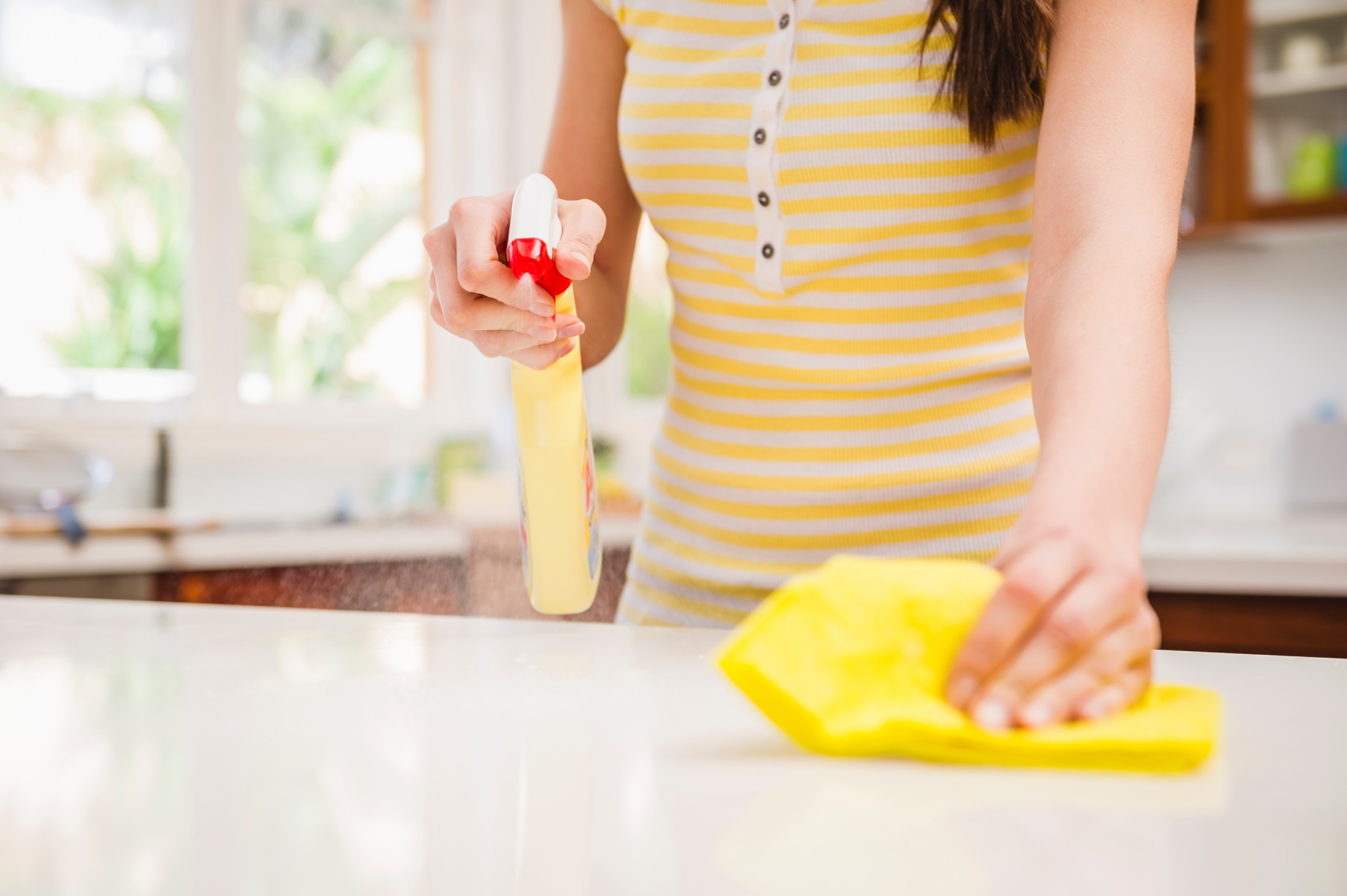
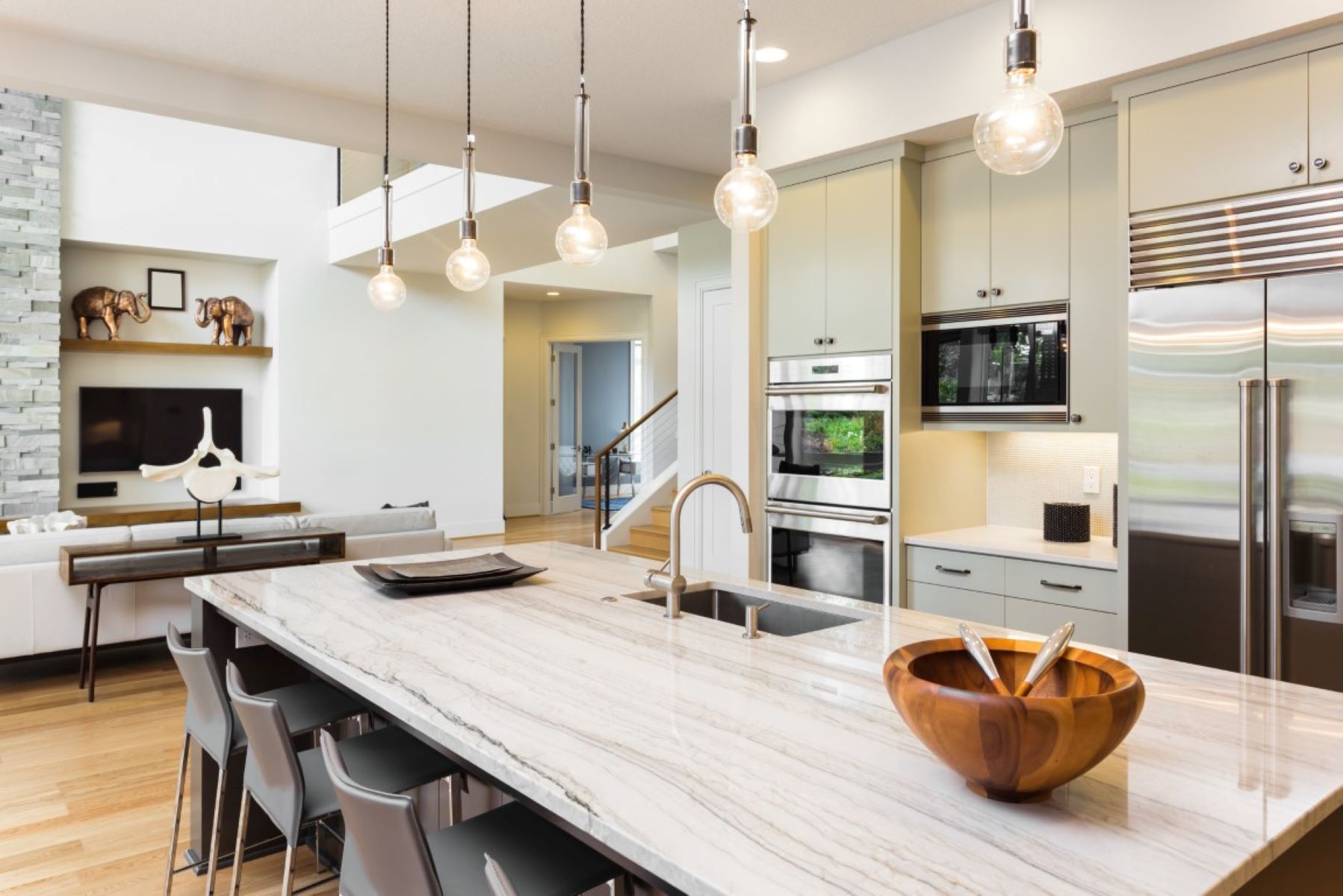
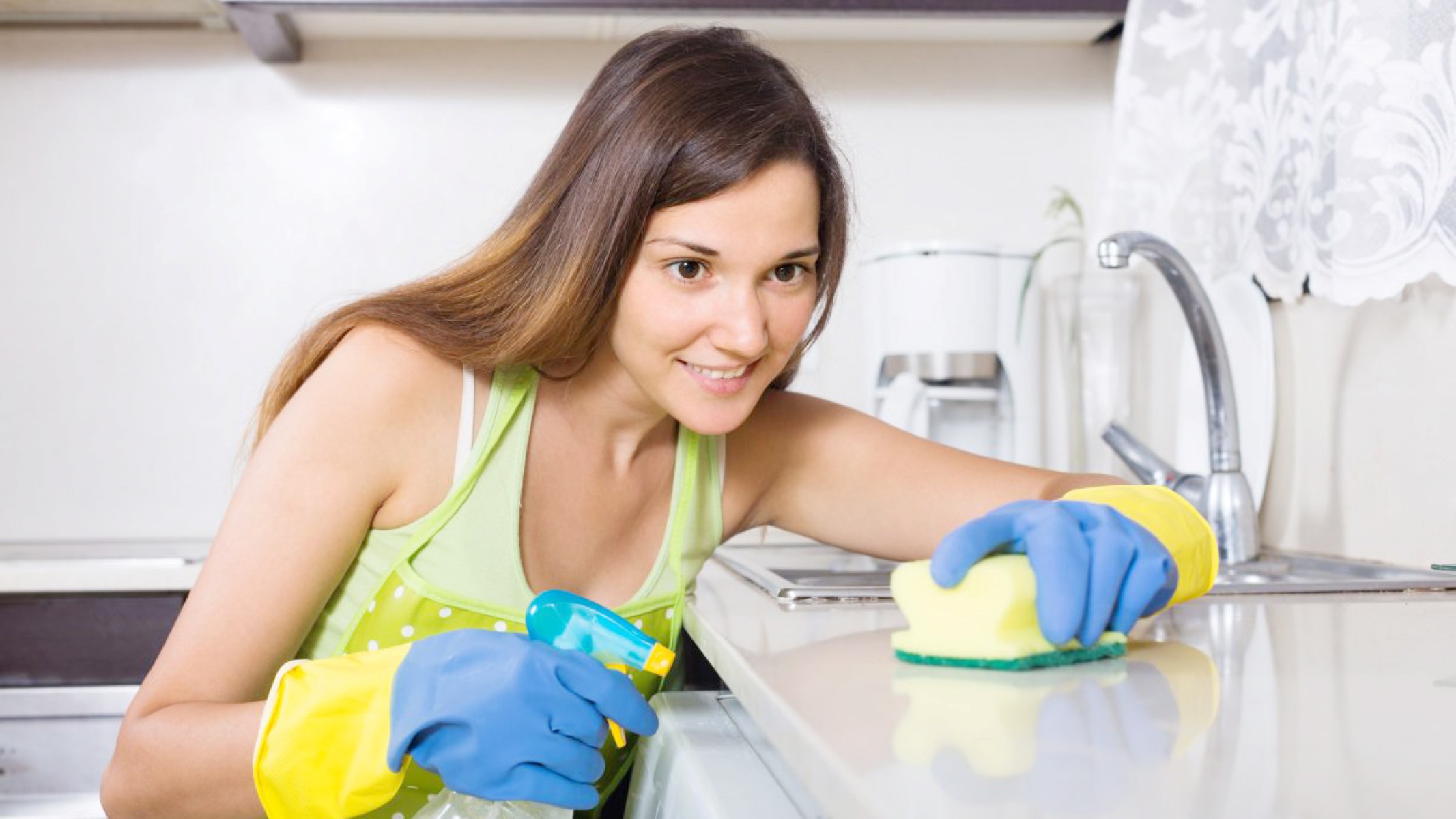
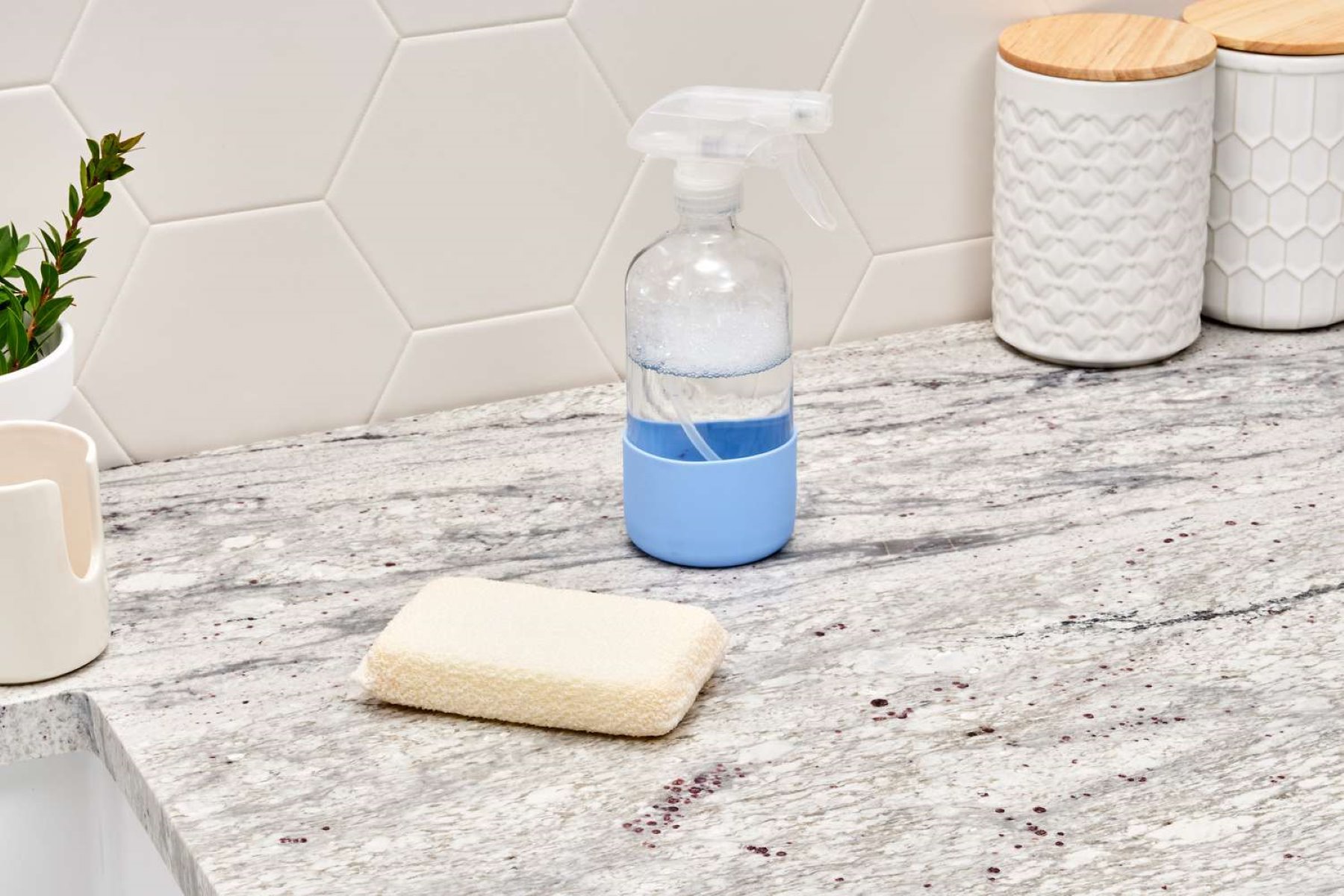
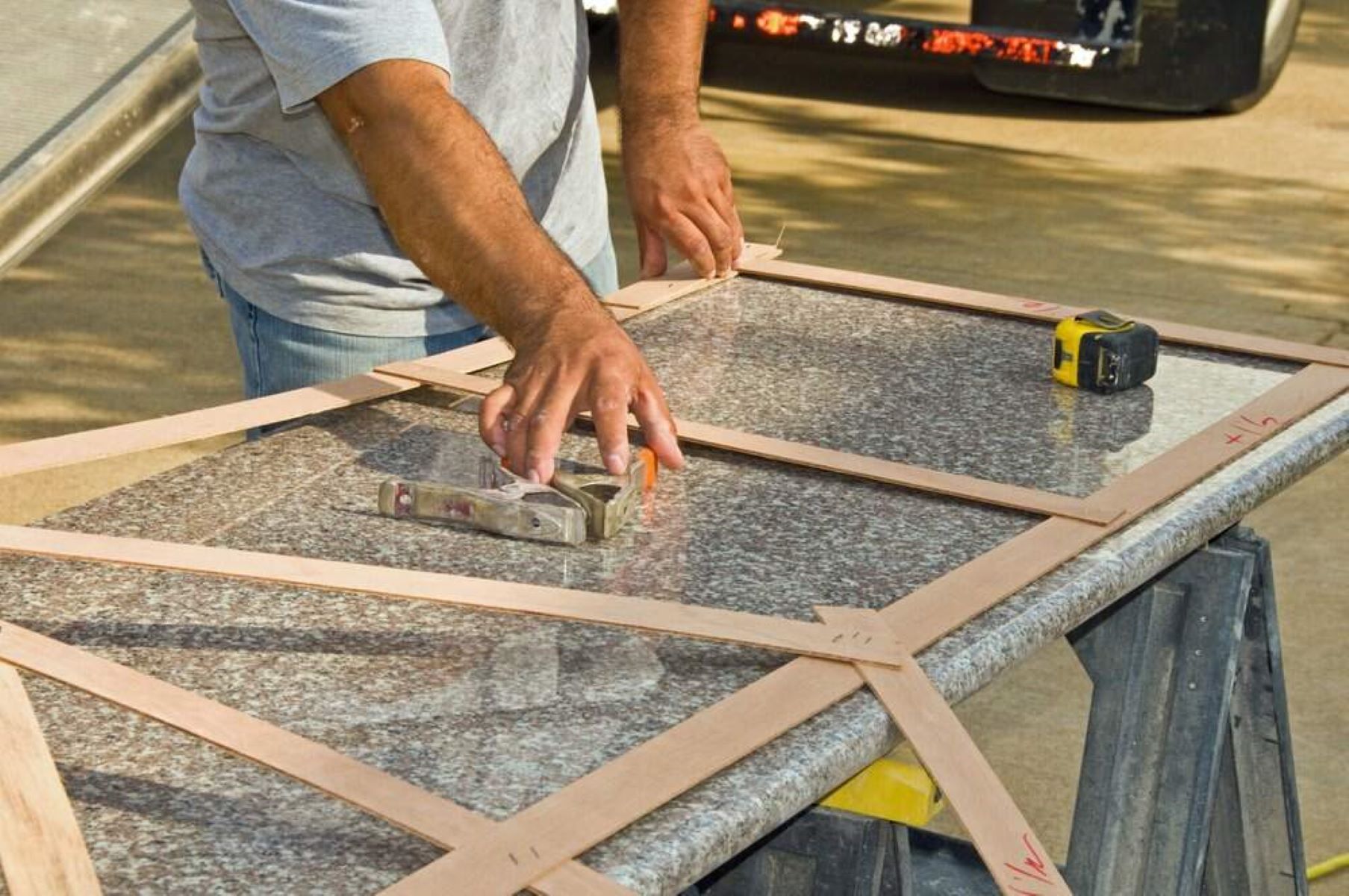
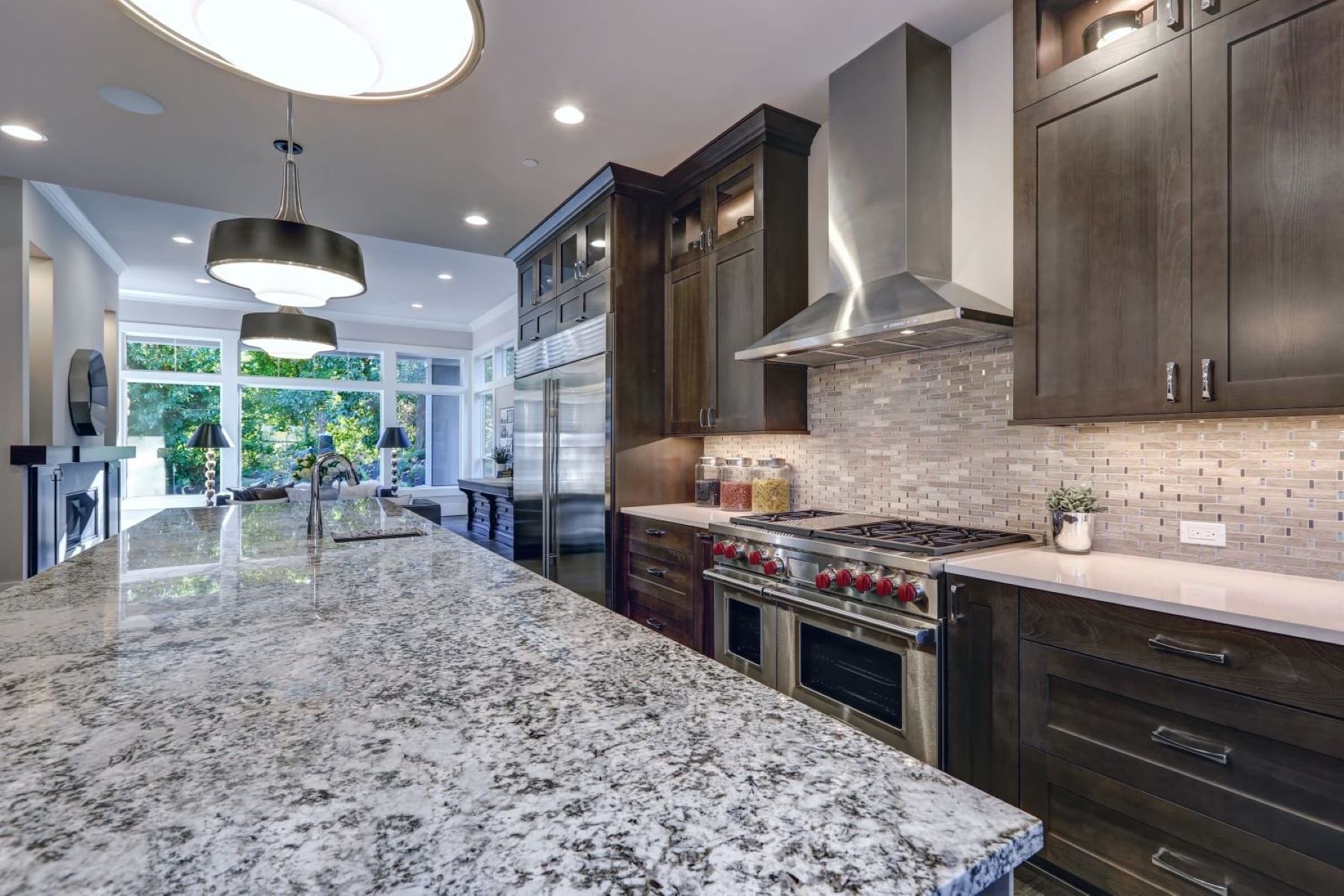
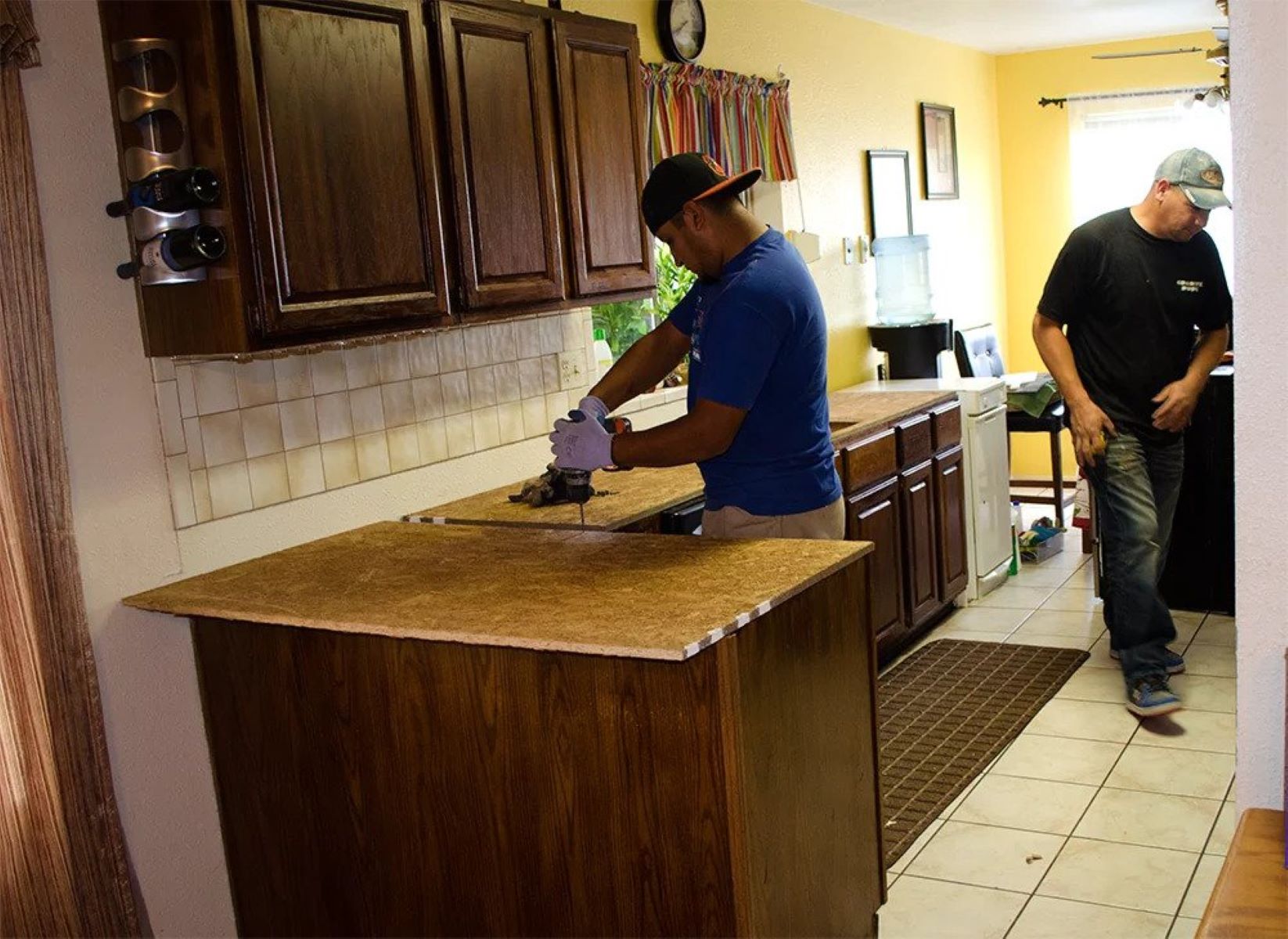
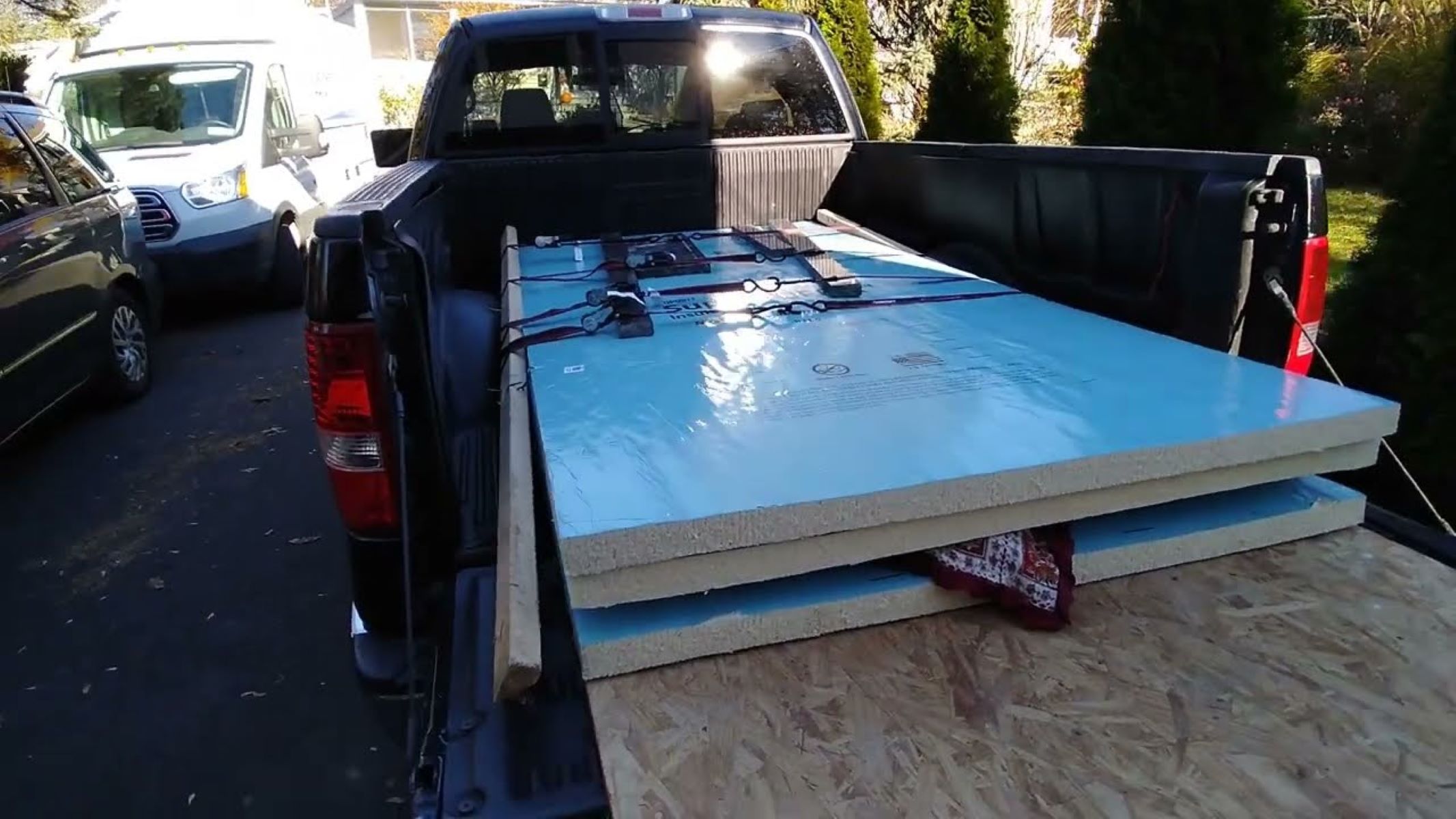

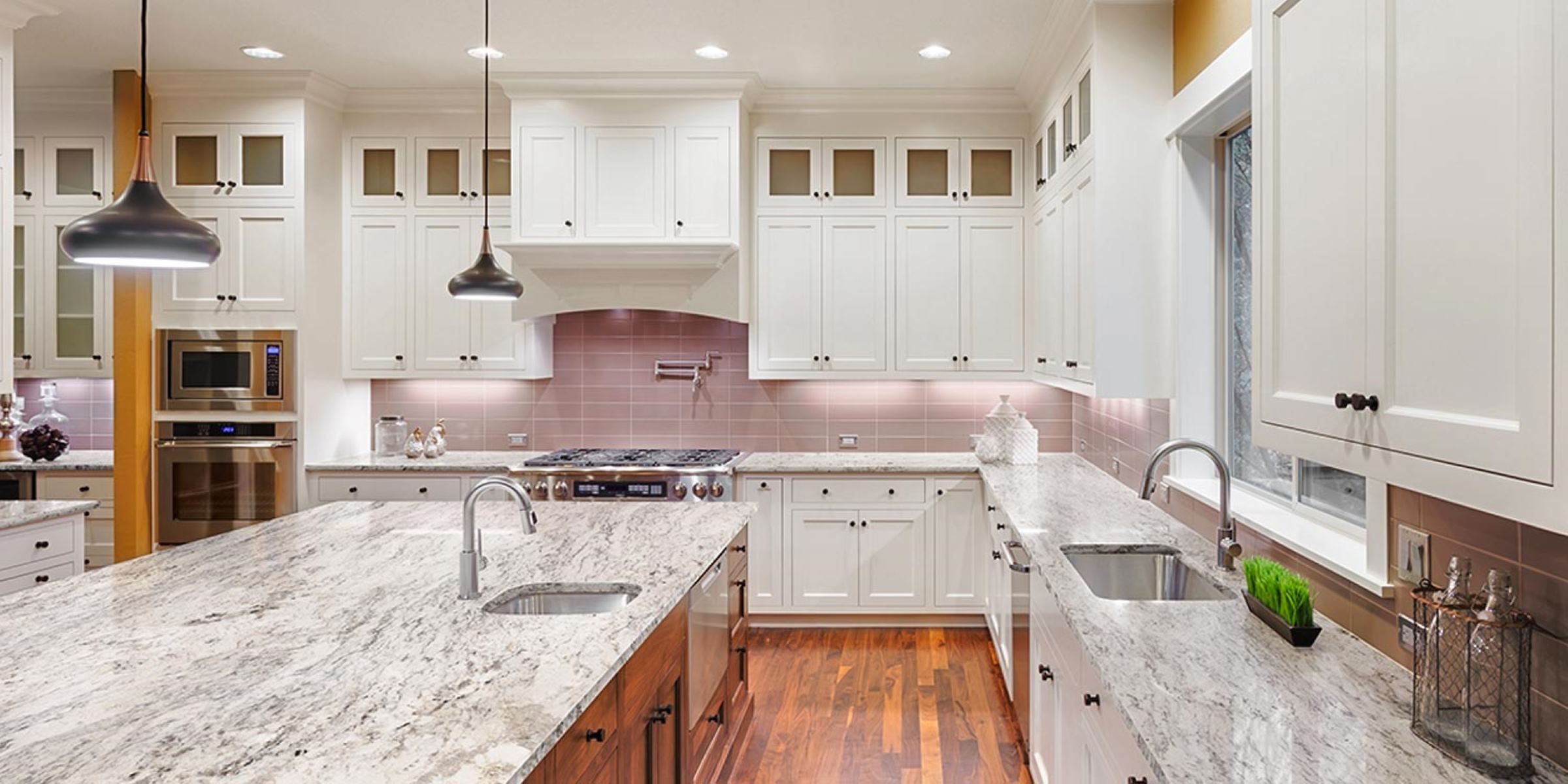
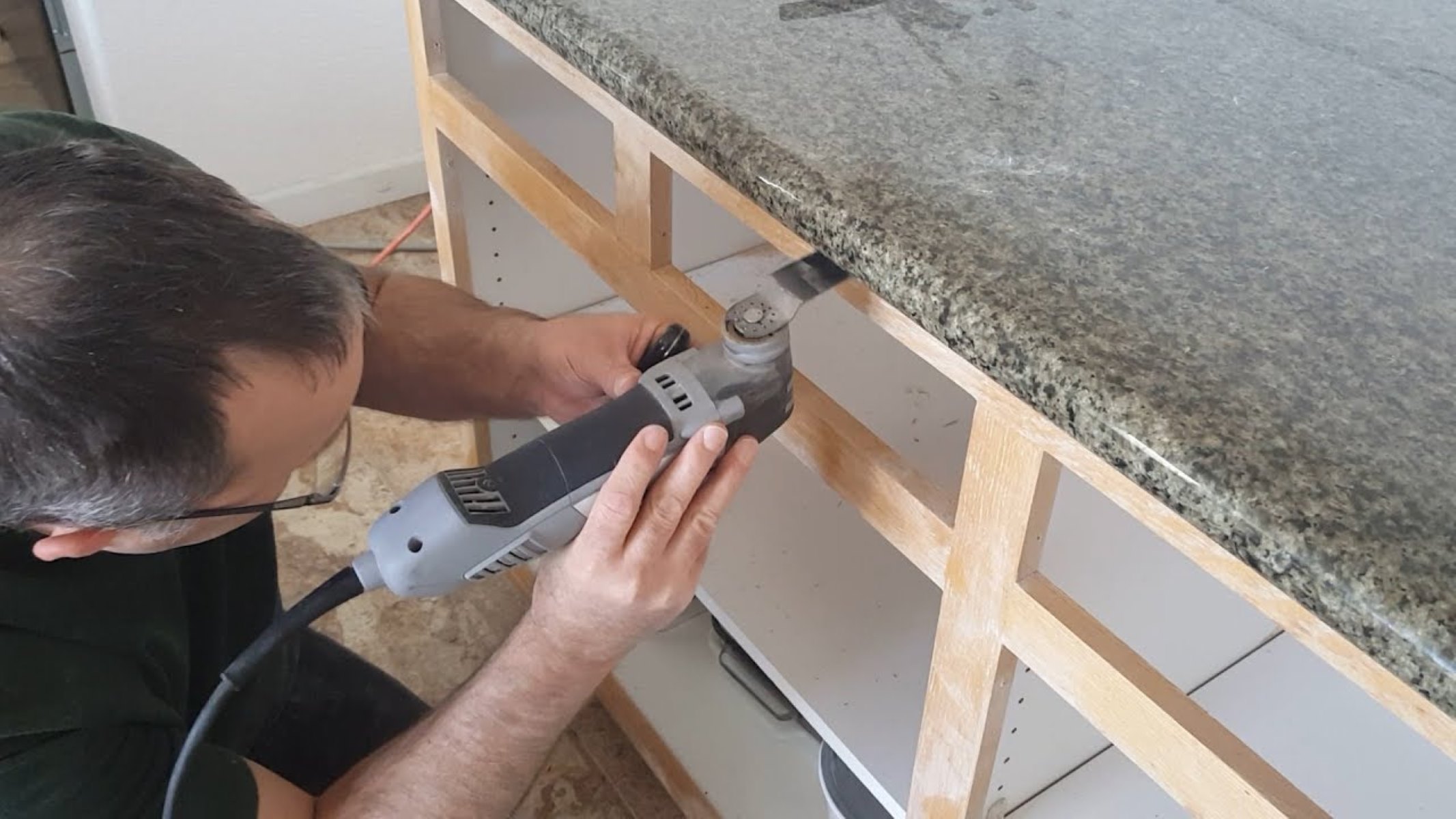
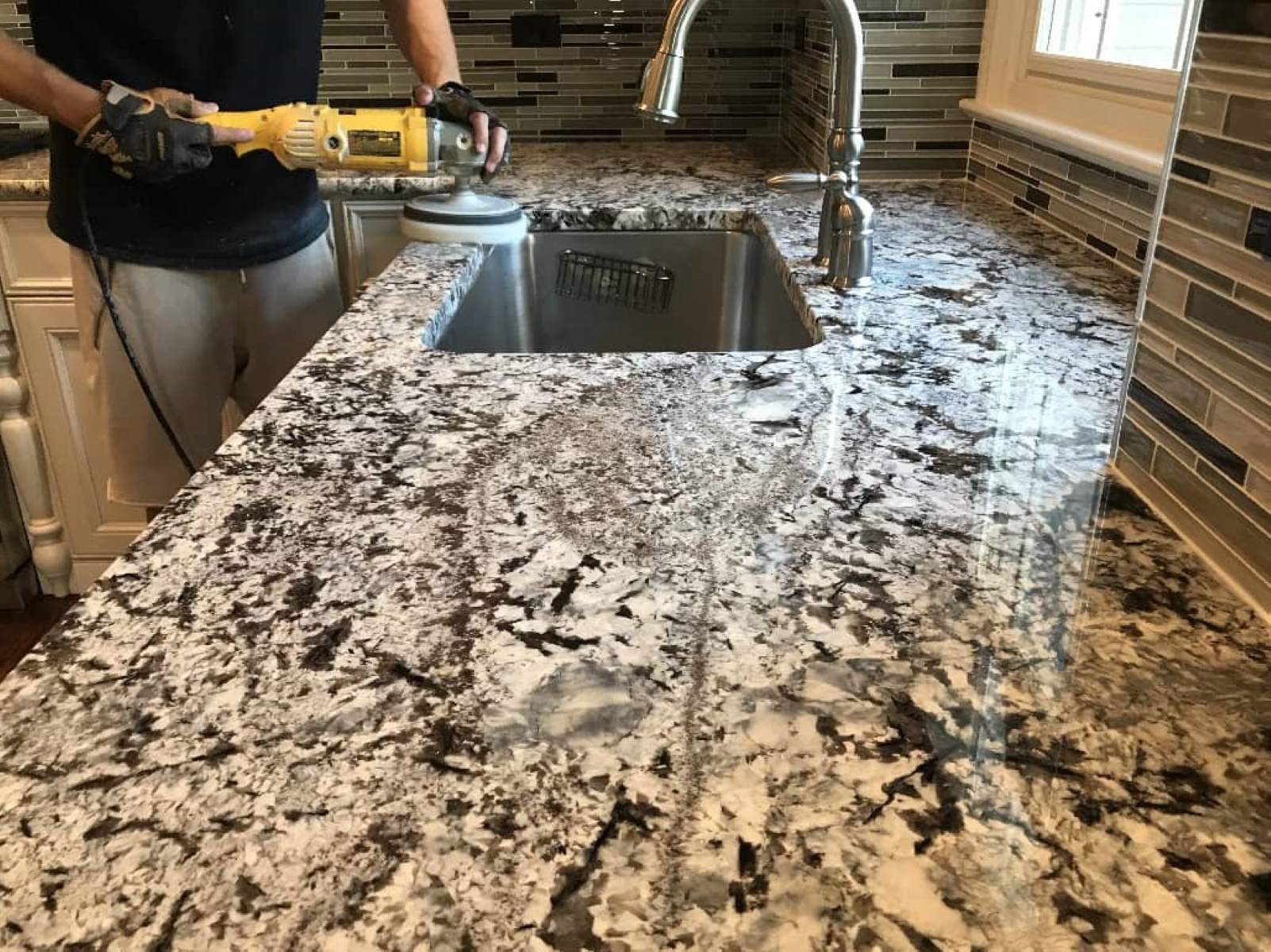
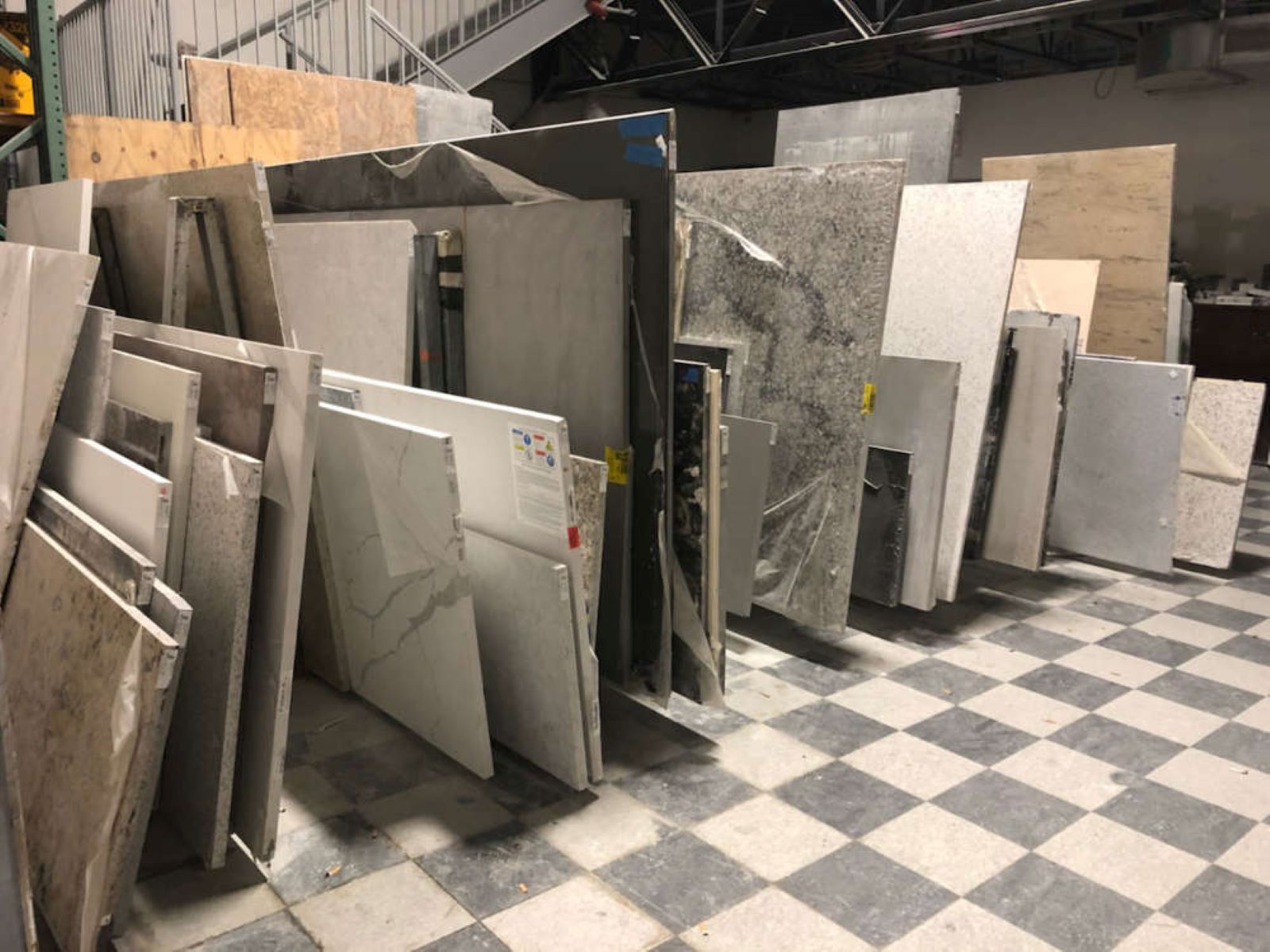
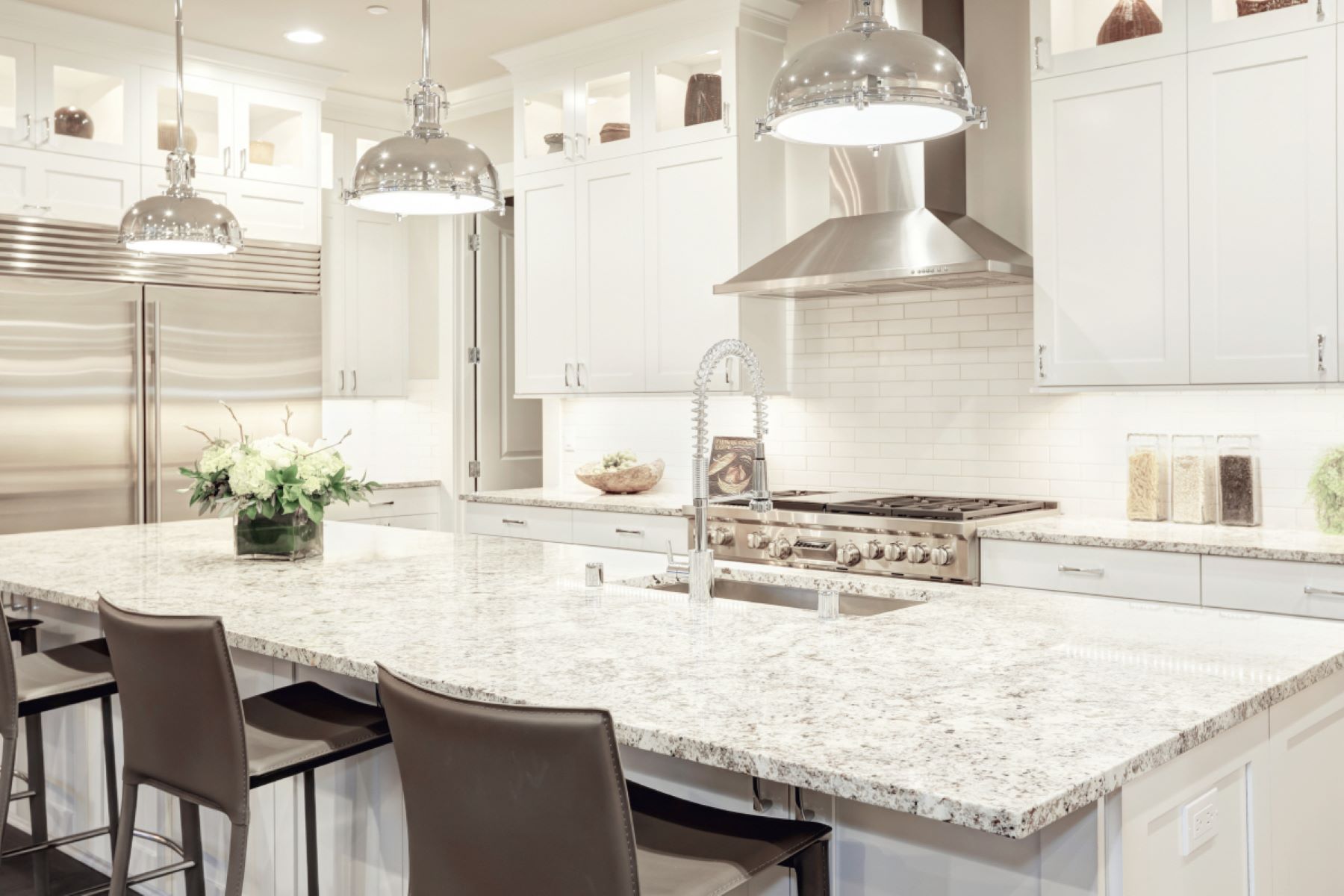

0 thoughts on “How To Make Granite Countertops Shine Again”